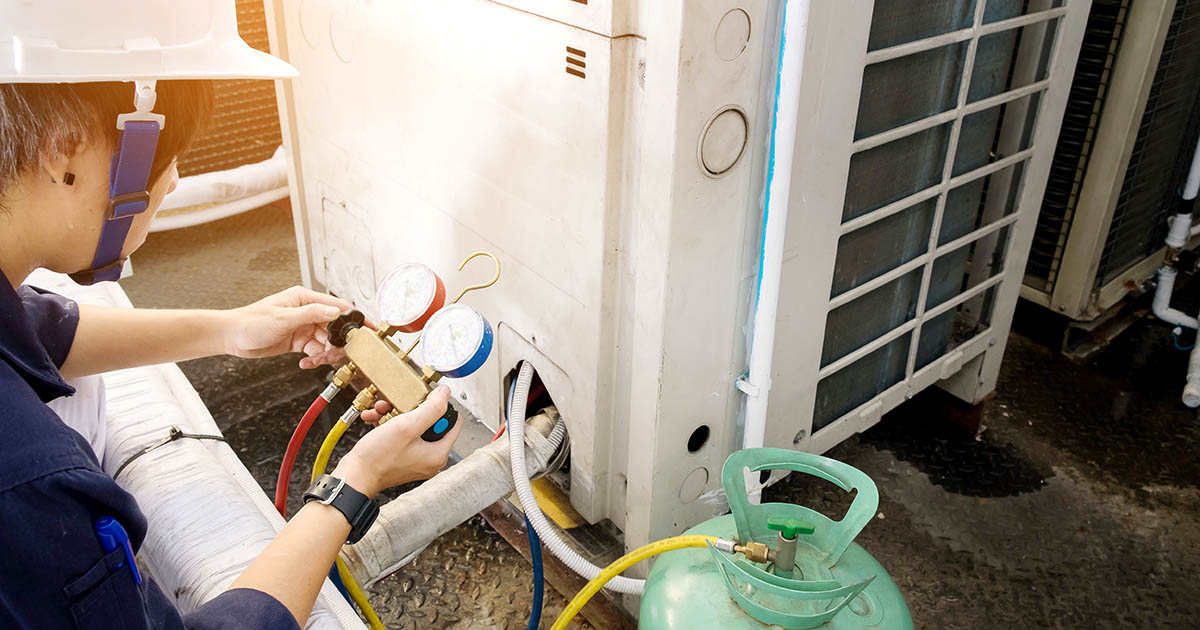In recent decades, the refrigeration sector has undergone a quiet but essential transformation toward more sustainable alternatives. At the heart of this movement are the natural refrigerantssuch as carbon dioxide (CO₂), propane (R-290), isobutane (R-600a), and ammonia (R-717). All of these fluids have virtually zero impact on global warming and do not harm the ozone layer, unlike HFCs and HCFCs, which are still common in older systems.
O Brazil has stood out regionally in this scenario. According to a 2024 survey by the ATMOsphere platform, the country already has 863 installations of CO₂/R-134a cascade systems e 81 systems with propane (R-290) chillers in operation, mainly in the retail and industrial sectors. These numbers place Brazil among the Latin American leadersalongside Chile and Argentina, when it comes to the regulation and use of natural refrigerants.
However, despite regulatory progress, the adoption of these systems is still far from reaching the necessary potential for a broad and urgent transition. In comparison, Europe already exceeds 95,600 installations with transcritical CO₂ systemswhile Japan has a total of more than 12,700 unitsIn Latin America as a whole, only 680 such systems have been registered, revealing a technical and economic gap that still needs to be overcome.
Why switch to natural refrigerants?
The answer lies in the environmental impactSynthetic refrigerants such as R-404A and R-410A have high Global Warming Potential (GWP) ratings, reaching up to 4,000 times the effect of CO₂. In contrast, CO₂ used as a refrigerant has a GWP of just 1. Propane, in addition to being natural, has excellent energy efficiency and is widely compatible with industrial and commercial HVAC systems.
In addition, countries that are signatories to the Kigali Agreement such as Brazil, are required to gradually phase out HFCs by the mid-2045. In other words, companies that transition early to solutions using natural refrigerants will gain an advantage in terms of compliance, cost savings, and ESG reputation.
Obstacles: safety, cost, and technical qualification
Despite their environmental and economic advantages, the use of natural refrigerants still faces three major challenges:
-
Initial implementation costalthough cheaper in the long run, the initial investment is still higher than that of conventional systems.
-
Technical trainingmany professionals are still unfamiliar with the safe handling of flammable gases or cascade systems.
-
Lack of government incentivesthere is a lack of specific credit lines, subsidies, or public policies to accelerate the transition in the sector.
How Argreen can contribute to this transition
Has Argreen already works on HVAC projects that consider the use of alternative gases and high energy efficiency systems.This includes not only the installation of modern chillers and VRF systems, but also the technical and regulatory support needed for companies to safely transition to low environmental impact technologies.
Our team of engineers is ready to assist from the diagnostic phase through to project execution, always considering the company’s core pillars: sustainability, innovation, and operational safety.
Whether for regulatory compliance or environmental commitment, switching to natural refrigerants is no longer a trend it's a necessity. Companies that begin this transition now will have a competitive advantage in the coming years.
💚 Argreen helps you evolve with safety
If you're thinking about modernizing your HVAC system, get in touch with our technical team. We can assess your current project and suggest alternatives with natural refrigerantcalculate efficiency gains, and assist in complying with current regulations from ANVISA, ABNT, and the MAPA Normative Instructions.
